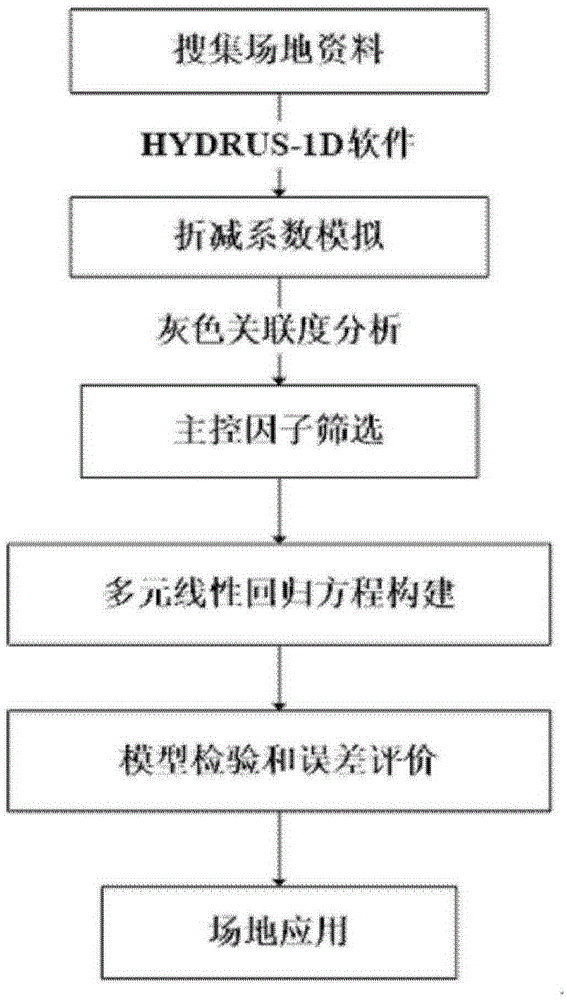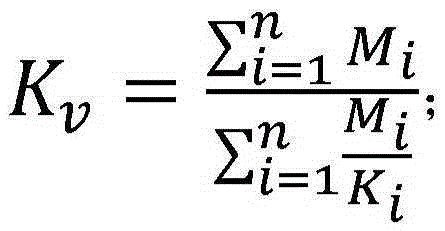Strong quantitative evaluation method for underground water pollution source
A technology for quantitative evaluation of pollution source intensity, applied in special data processing applications, instruments, electrical digital data processing, etc., can solve the problems of cumbersome simulation parameter settings, general operability, and high requirements for site survey data.
- Summary
- Abstract
- Description
- Claims
- Application Information
AI Technical Summary
Problems solved by technology
Method used
Image
Examples
Embodiment
[0069] (1) Site data collection and reduction coefficient calculation
[0070] ①Data collection
[0071] A total of 10 typical sites in 7 industries related data were collected, namely: a landfill in Beijing, Xinjiang A power plant, a glass factory in Wujiang, a science and technology company in Hunan, a mine in Xiamen, an open-pit coal mine in Henan, a coal company in Shanxi, a paper mill in Shandong, a hazardous waste disposal site in Liaoning, and a hazardous waste disposal site in Changsha. The numbers 1, 2, 3, ..., 10 are used below to refer to 10 venues. For the relevant parameters of the pollution source and the vadose zone of the site, see Table 1 with Table 2 .
[0072] Table 1 Vadose zone related parameters
[0073]
[0074] Table 2 Site pollution related parameters
[0075]
[0076] ②Calculation of reduction factor
[0077] According to site survey data, use HYDRUS-1D software to build a model for calculation, simulate the migration and transformation process of ammonia...
PUM
 Login to View More
Login to View More Abstract
Description
Claims
Application Information
 Login to View More
Login to View More - R&D Engineer
- R&D Manager
- IP Professional
- Industry Leading Data Capabilities
- Powerful AI technology
- Patent DNA Extraction
Browse by: Latest US Patents, China's latest patents, Technical Efficacy Thesaurus, Application Domain, Technology Topic, Popular Technical Reports.
© 2024 PatSnap. All rights reserved.Legal|Privacy policy|Modern Slavery Act Transparency Statement|Sitemap|About US| Contact US: help@patsnap.com










